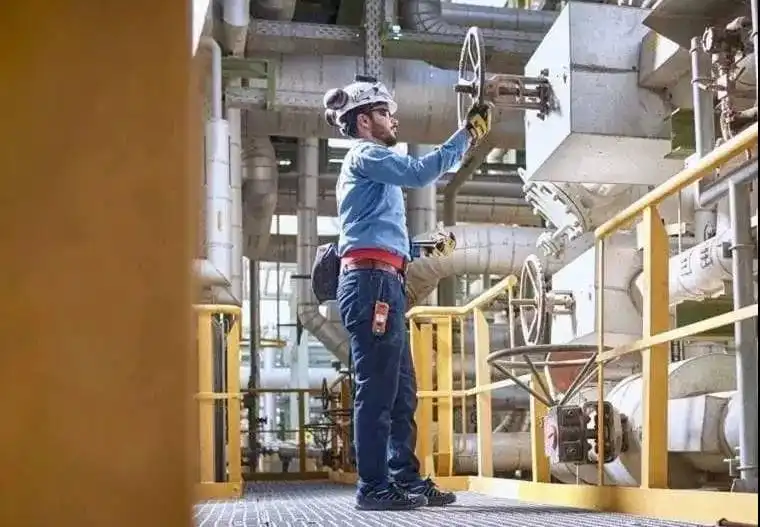A valve is a fitting on equipment and pipelines, and its maintenance should be carried out in conjunction with the maintenance of the equipment and pipeline.
According to the regulations for maintenance and repair of oil refinery equipment prescribed by the Ministry of Raw Fuel Chemical Industry, as for high, medium and low pressure valves for oil products, steam, water and various gases with a nominal pressure of less than PNl6MPa and medium temperature of less than 550℃ in the refinery, their repair contents are divided into three categories: minor repair, medium repair and overhaul.
The various repair items included are as follows:
Minor repair: cleaning the oil nozzle and oil cup, replacing the packing, cleaning the valve stem and its thread, removing the debris in the valve, tightening or replacing the bolts, matching the hand wheel, etc.
Medium repair: including minor repair items, disassembling and cleaning parts, valve body repair, grinding seals, straightening valve stem, etc.
Overhaul: Including medium repair items, replacement of valve stem, repair of brackets, replacement of springs and seals, etc.
For valves repaired indoors, minor and medium repairs are more common, but they should also be disassembled for inspection and the gasket should also be replaced.

Valve repair under pressure
Valve repair under pressure is a complex, dangerous, and highly technical task. In addition to being bold, careful, and decisive, during valve maintenance under pressure, we should also have a strict scientific attitude. Especially in the work of plugging explosive, highly toxic, high temperature, high pressure, radioactive media, it should be carried out in strict accordance with the pre-determined plan and relevant safety regulations.
During valve maintenance under pressure, the following should be noted:
1. During the maintenance process, we must strictly abide by the relevant safety operation regulations such as fire prevention, anti-virus, and explosion-proof.
2. Before dealing with the defects of the pressure valve, the treatment plan should be put forward and agreed by the safety technician, and the work should be started with cooperation of the operator. The handling of important parts must be studied together, and the formalities such as urget dispatch must be processed in accordance with the regulations before proceeding to deal with the defects of the valve.
3. Handling defects should be performed by experienced maintenance personnel. There should not be too many on-site personnel and there should be 1 or 2 dedicated guardians.
4. There should be careful security measures to be able to cope with the worst. Maintenance personnel and on-site personnel should wear protective workwear, shoes, hats, gloves and protective glasses in accordance with the protective measures for flammable and explosive, high temperature and high pressure, toxic, highly toxic, and highly corrosive media. For maintenance of toxic and highly toxic valves, gas masks should also be worn.
5. Safety baffles should be installed in the process of dealing with valve defects. At the same time, they should be cautious and careful, observe while doing, and follow the prescribed plan.
6. Before tightening the thread, clean and penetrate the rusty thread with kerosene and check whether the bolt and nut are complete; a layer of graphite powder should also be added to lubricate the thread.
When tightening the nuts, do not tighten them violently, preventing the bolts and screws from breaking.
7. When welding valves, we must observe the welding operation regulations. The metal should be prevented from overheating and deforming and generating new cracks. If there is a new leak on the part that has been twisted, it is not advisable to twist it again, so as not to expand the leakage defect.
